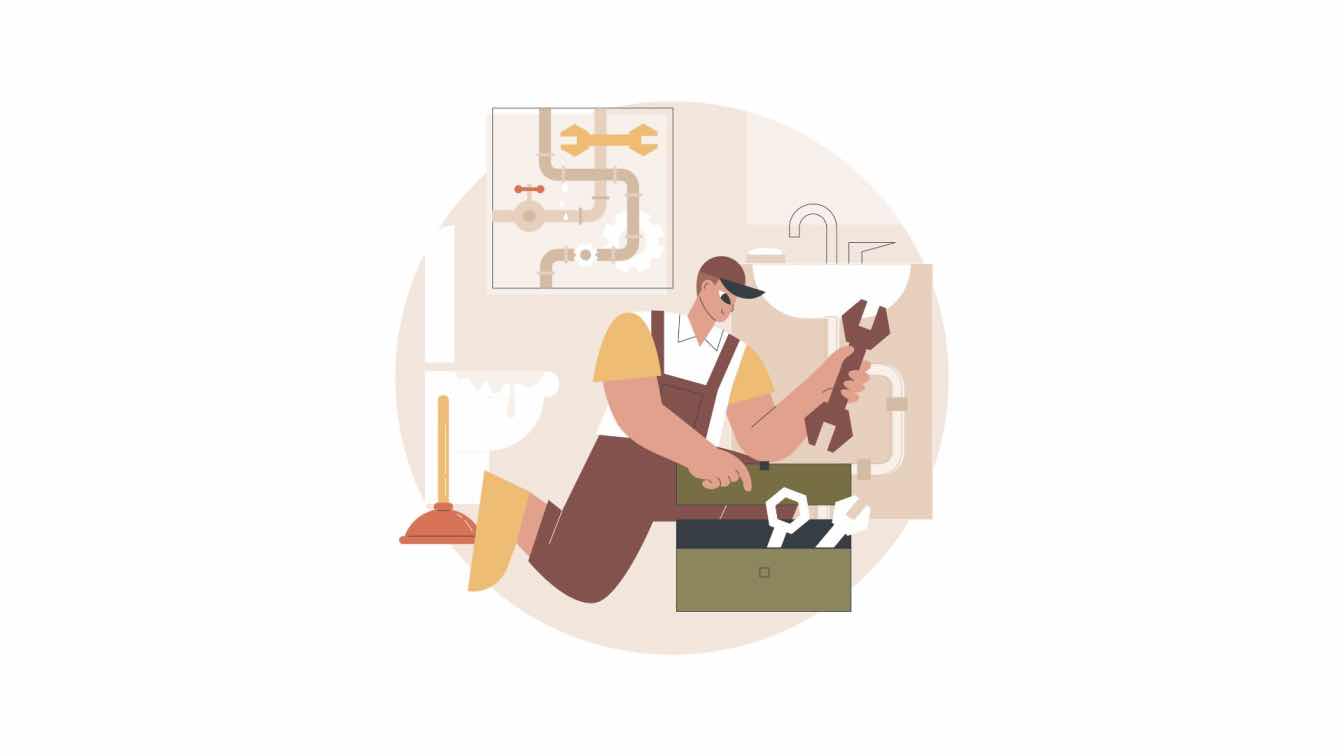Sometimes it doesn’t matter how carefully you prepare for a storm, and even keeping up with routine maintenance isn’t always enough to prevent water damage.
Whether the interior water damage is from flooding, a broken water pipe, or a leaking roof, you need to call the water damage restoration specialists. You may think you can handle the water removal and repair process on your own, but this is a massive mistake to make—this isn’t a DIY job, no matter how handy you are around the property.
We’ll take a look at why you should call the professionals, along with what’s involved in the water removal and restoration process.
What is Water Damage Restoration?
A simple explanation is the water damage restoration process restores the interior of your home or business to its previous condition—in other words, all traces of water damage are removed. Now, it can seem like a DIY job, but the process is actually a little more involved.
The scope of the process depends on the size of the property; a small home or business can be back to normal in a few days, while a larger property can take weeks to dry out and repair. Yes, repairs are often a part of the water damage restoration process.
So, think of water damage restoration as a process that removes excess water, dries out the affected area, and repairs any damage. Cleaning and disinfecting are also part of the greater restoration process. As you can see, water damage restoration is a little more involved than using a towel to dry off wet floors.
Common Steps in the Water Restoration Process
Before we go any more in-depth, it’s a good idea to know the difference between water restoration and water removal, as these are two completely different processes.
Water removal simply gets rid of the water and prevents additional damage. Water restoration makes any necessary repairs and ensures the property is thoroughly cleaned and sanitized. Depending on the type of leak, you may be dealing with harmful bacteria.
For example, if the water damage is caused by a leaking sewage line, you definitely want the interior of your home or business thoroughly sanitized. With this being said, here’s a brief look at what you can expect from the water restoration process.
Water Extraction
Sometimes, mops and towels aren’t enough to get rid of all of the excess water. When this happens, the water restoration specialist will bring in portable extractors. Be prepared for some noises; these machines can be loud but are often necessary. If you’re interested in the equipment used in restoration or thinking about starting your own business, SweepScrub offers insights into the best tools and machines for effective water removal and cleanup.
Remove Debris and Start Demolition if Necessary
Debris can include anything the water brings—for example, mud, leaves, and twigs. Unfortunately, debris can also include items like carpeting and furniture damaged by the water. Sometimes, the water extractors can dry out soggy carpets and furniture, but more often, it’s better to replace these items.
The walls may be scrapped to expose the drywall, and you may even need to remove some flooring. If the water damage is this extensive, debris removal and demolition usually happen before thoroughly drying out the property’s interior, which allows the extractors to dry out the subflooring and wall cavities, and it’s also a step you don’t want to skip.
The last thing you want is for mold and mildew to start forming in the walls, ceiling, and/or flooring.
Additional Drying May Be Necessary
Water extractors and a fresh breeze aren’t always enough to dry out some properties, which is usually true when there’s extensive water damage. Think of flooding from a hurricane: in cases like these, it’s time to bring in the industrial dryers and fans.
Yes, it’s noisy, but this equipment is also effective. How long it takes to finally dry everything out depends on the extent of the water damage.
Sanitize Everything
When we’re talking about an antimicrobial application, we’re referring to something stronger than using a store-bought disinfectant. Even Lysol, you know, the cleaner that kills up to 99.9% of germs on contact, isn’t going to be enough here. If the water damage is caused by a sewer or sewage line or even flooding from a hurricane, mold and mildew are health concerns.
The water damage restoration specialists in Georgia will apply an industrial-grade antimicrobial solution to every surface to prevent mold and mildew from forming. The solution is even applied to wall cavities and under flooring to ensure the property is safe for everyone.
Remove Salvageable Items
Technology has advanced to a point where water damage doesn’t automatically mean tossing everything out. Don’t be surprised to see a few piles of your belongings forming in your front yard. Some piles will contain items beyond repair, including soggy carpets and furniture.
Sometimes, even sections of wall plaster and flooring end up in the junk pile. Don’t worry; you’re not left with the unusable items in your yard. The water damage restoration service will haul these items away.
The other pile will contain items you can salvage: they may need additional drying time, a good cleaning, and even some minor repairs. If you decide to keep these items, it’s up to you to handle the repair. Otherwise, tell the water damage restoration team to add the stuff to the dedicated junk pile. Sometimes, it’s easier to replace than repair.
Reconstruction Starts
Just when everything is cleaned up, a new project quickly starts, leaving a mess behind it. However, this is a good mess since it means your home or business is undergoing the necessary repairs.
These repairs can include anything from fixing any structural damage to plastering over the drywall. You may also need new subflooring, and your water damage restoration team will handle this project.
When it comes to painting the walls and laying down new carpeting, this part can actually be a DIY job. Before you get started, make sure everything is thoroughly dry and sanitized.
Water Damage Restoration Is a Job for the Professionals
Confronting interior flooding can be overwhelming, and attempting to manage the cleanup and repairs by yourself may lead to inadequate restoration, further damage, or even health hazards.
By enlisting the help of a water damage restoration specialist, you ensure that your property is professionally and thoroughly restored, mitigating the risks and restoring your space to its pre-damage condition efficiently.





